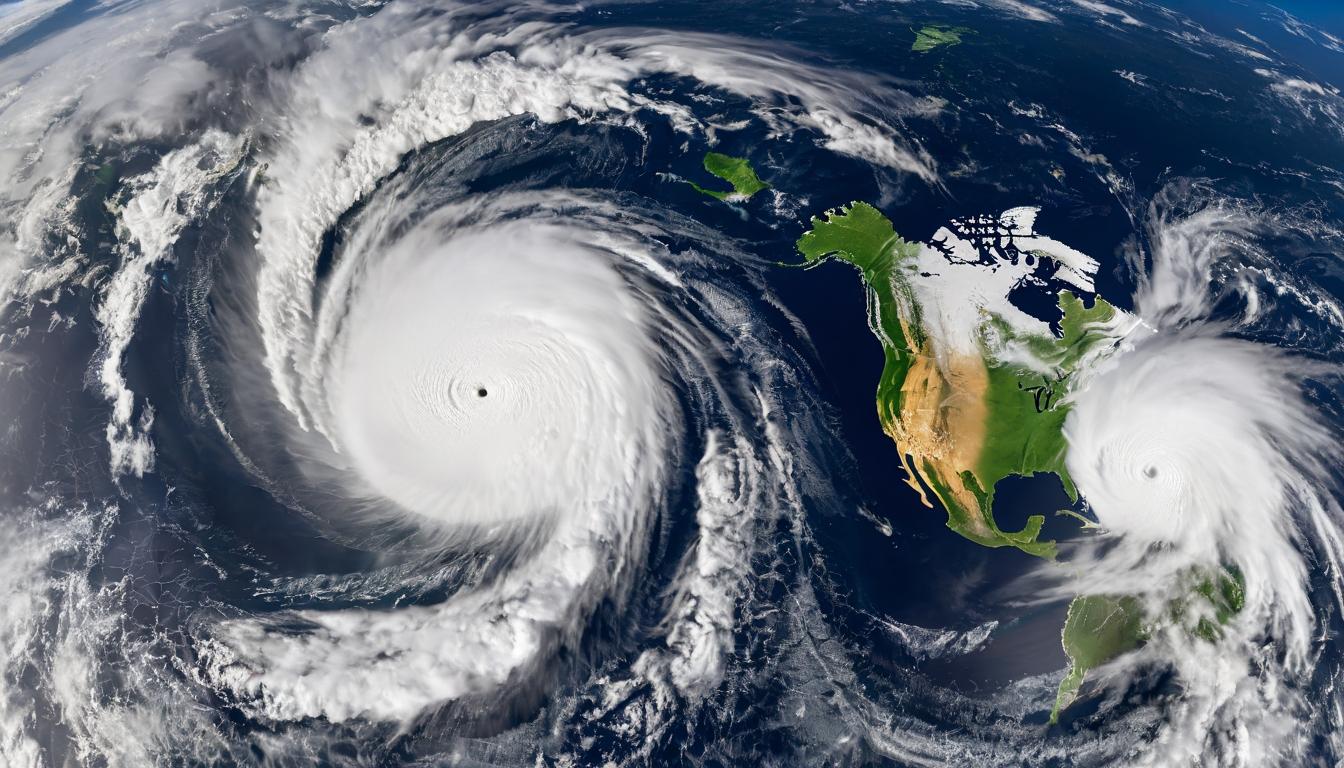In the hushed corridors of insurance innovation, a quiet revolution is unfolding that threatens to upend centuries of actuarial tradition. Parametric insurance—the sleek, data-driven cousin of conventional coverage—is gaining momentum at a pace that leaves even seasoned underwriters breathless. Unlike traditional policies that require lengthy claims investigations and loss assessments, parametric contracts pay out automatically when predefined triggers are met: a hurricane reaches certain wind speeds, an earthquake exceeds a specific magnitude, or rainfall drops below critical thresholds.
The appeal is undeniable. For businesses operating in climate-vulnerable regions, parametric coverage offers something precious: certainty. No more waiting months for adjusters to determine losses while operations stall. The money flows within days, sometimes hours, of the triggering event. This speed has made parametric insurance particularly attractive to agricultural sectors, tourism operators, and infrastructure projects where downtime translates directly into financial hemorrhage.
But beneath the glossy surface of innovation lurk complexities that many early adopters are only beginning to comprehend. The very simplicity that makes parametric insurance attractive also creates vulnerabilities. Trigger mechanisms—the heart of these policies—can become sources of contention when reality doesn't align perfectly with modeled expectations. A hurricane might cause catastrophic flooding without technically hitting the wind speed threshold. An earthquake might devastate properties just outside the predefined geographic boundary.
Insurance giants are watching this space with a mixture of excitement and trepidation. The potential market is enormous—climate change is making weather-related disasters more frequent and severe, creating demand for faster, more responsive coverage solutions. Yet the industry's traditional risk assessment models struggle with the binary nature of parametric triggers. How do you price a policy that pays out entirely or not at all based on a single data point?
The data infrastructure required to support reliable parametric insurance is another hurdle. These policies depend on networks of weather stations, seismic monitors, and satellite systems that must be tamper-proof and exceptionally reliable. In developing regions where such infrastructure may be sparse or poorly maintained, the validity of triggers becomes questionable. Who verifies the data when a multi-million dollar payout hangs in the balance?
Regulators are playing catch-up as well. Insurance commissioners across states are grappling with how to classify and oversee these innovative products. The fundamental question remains: when a policy pays based on an event occurring rather than actual losses sustained, does it still qualify as insurance or does it veer into derivative territory? This classification matters because it determines capital requirements, consumer protections, and tax treatment.
For consumers and businesses considering parametric coverage, the devil is in the details—specifically, the basis risk. This is the gap between the parametric trigger and the actual loss experienced. A policy might pay out when no significant damage occurred, or worse, fail to pay when substantial losses were incurred. Sophisticated buyers are increasingly demanding blended approaches that combine parametric triggers with traditional loss verification, creating hybrid products that offer both speed and precision.
The evolution of parametric insurance is being accelerated by technologies that were science fiction just a decade ago. Blockchain provides tamper-proof record keeping for trigger events. Internet of Things devices create dense networks of environmental sensors. Artificial intelligence improves the modeling of complex risk scenarios. These technologies are making parametric solutions more reliable, but they're also creating new dependencies and potential failure points.
Perhaps the most intriguing development is the emergence of parametric products for risks that were previously considered uninsurable. Event cancellation insurance based on weather triggers, supply chain disruption coverage tied to port closure data, even cyber insurance triggered by verifiable network outages—the applications are expanding rapidly. This innovation is pushing the boundaries of what insurance can do while testing the limits of regulatory frameworks.
The human element remains critical despite all the technology. Brokers who understand both the technical aspects of parametric triggers and the practical realities of their clients' operations are becoming invaluable intermediaries. They help bridge the gap between data scientists designing triggers and business owners who need to understand exactly what they're buying. This educational role is becoming as important as the risk transfer itself.
As climate change intensifies and digital transformation accelerates, parametric insurance will likely become increasingly mainstream. The question isn't whether these products will grow—they undoubtedly will—but how the industry will manage the unique risks they create. The companies that succeed will be those that combine technological sophistication with deep understanding of real-world vulnerabilities, creating products that protect rather than simply pay.
The next decade will determine whether parametric insurance becomes a complementary tool in the risk management toolbox or evolves into a dominant form of coverage for certain perils. What's certain is that the conversation has moved beyond whether these products work to how they can work better—and that's a discussion worth having before the next big storm hits.
The hidden risks in parametric insurance and why traditional models are scrambling to adapt

